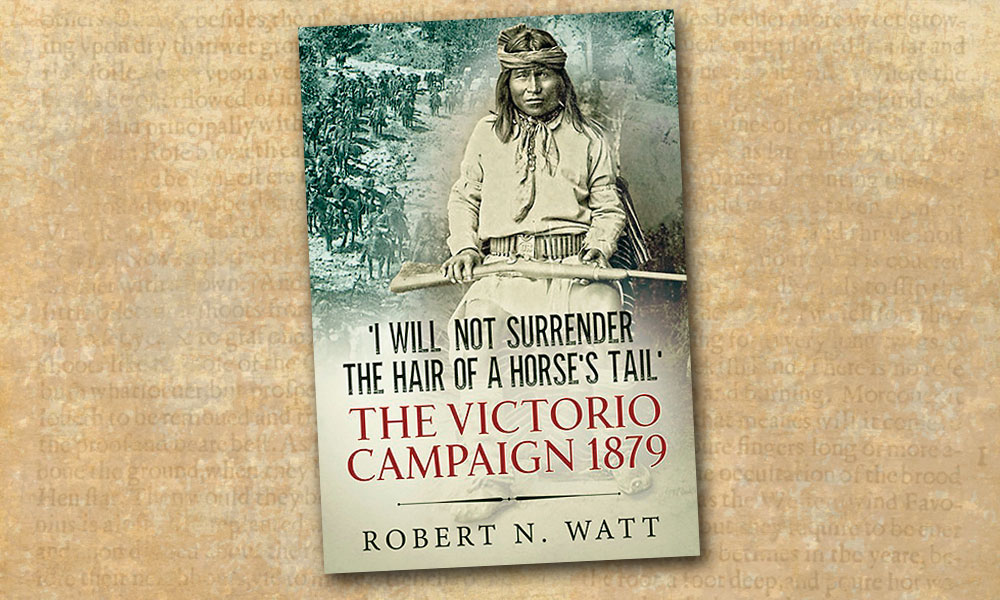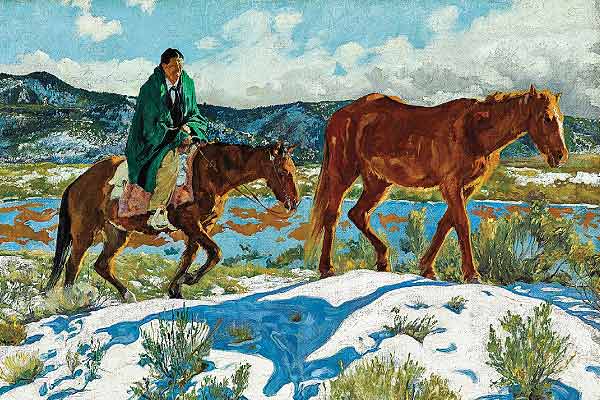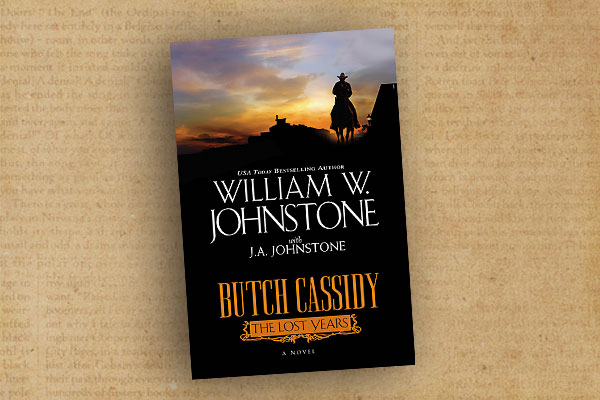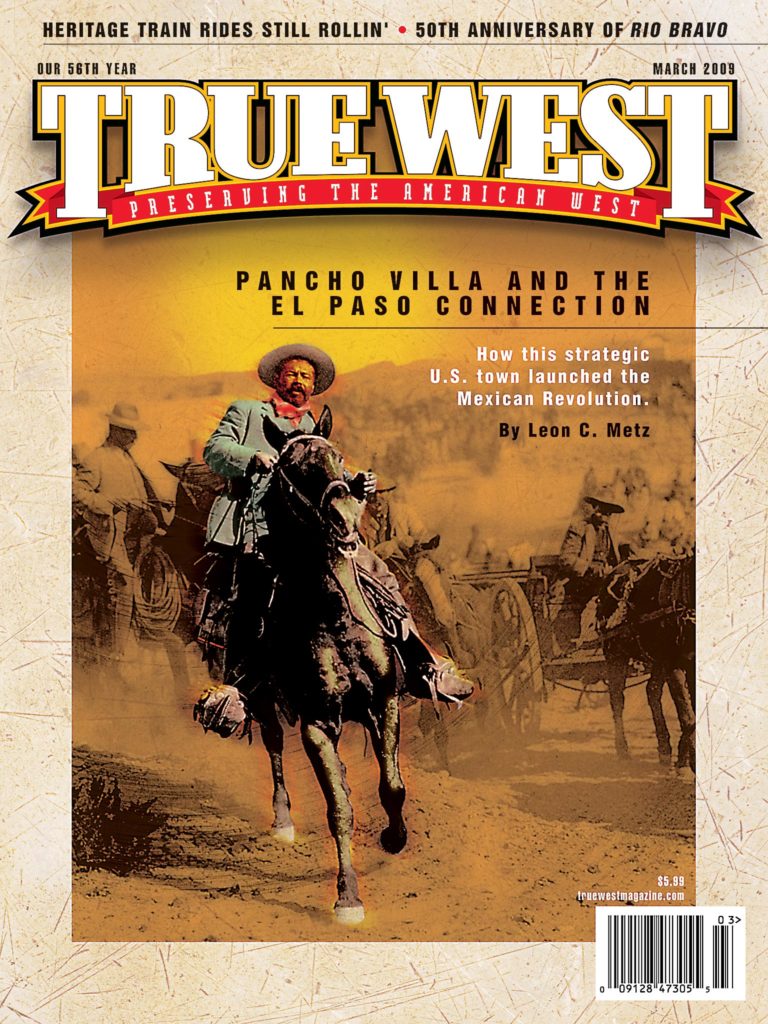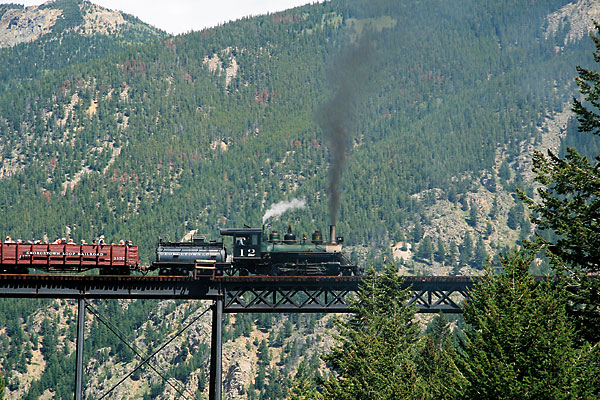
The floor swings beneath your feet. Steam whistles toot. Train wheels clatter over the rail joints of a track.
Your body rocks in the train carriage, as you are propelled through the picturesque countryside scenery of the Rocky Mountains, traveling from Leadville to Aspen, Colorado. All of a sudden, outlaws have come to rob you at gunpoint. The other passengers around you scream in terror. Fear instantly consumes your mind. And then, the clapping begins. You wipe tears of surprise from your eyes. Last time, you toured the scenic gold-bearing Black Hills of South Dakota; this robbery is an unexpected, but thrilling, twist. Three years after Edwin S. Porter’s The Great Train Robbery, this film of his has hit what was the IMAX of the 19th century: Hale’s Marvellous Tours of the World.
Luckily, we don’t have to rely on such cinematic inventions today to enjoy the many places and scenes enshrined in Old West history. The epitaph for the real rail experience could have brought us dejectedly back to these virtual voyages, known as Phantom Rides. Yet thanks to some wonderful, preservation-minded folks, we still have the luxury of riding around in heritage trains across the American West on tracks that once carried ores from legendary silver and gold rushes, as well as the pioneers who were carving lives for themselves on their patches of the frontier West.
Admittedly, George C. Hale was one such clever pioneer. The heroic, award-winning fire chief of Kansas City, Missouri, first introduced his moving panorama at the 1904 Louisiana Purchase Exposition in St. Louis. Its success led to a permanent installation at the Kansas City Electric Park the following year. When he released patents for others to put on his “illusion railroad ride,” more than 500 installations appeared across the U.S. and Canada by the end of summer 1906.
This simulated travelogue was not Hale’s first venture, but unlike his theatrical spectacle about firefighting, the tour had not gone up in flames after two nights of shows at the 1900 Paris Exposition. His rail “motion” picture was so successful that it eventually ended up in exotic locales such as Europe, South America, Mexico, South Africa and Hong Kong. Seemingly anyone could enjoy the 10-minute films sending them rushing through sequences that included Pike’s Peak, the Columbia River, Lookout Mountain, Niagara Falls, Borneo and Ireland. The tours remained popular until the novelty gave way to the nickelodeon, pretty much disappearing by 1909.
Why would Hale, who died in 1923 with reportedly half-a-million dollars to his name, dream up such an experience around railroading? Likely for the same reason that our Old West saviors have reopened abandoned railroad lines today: to educate Americans, and the world at large, about the historic role railroading played in this country’s history, and continues to play, in our culture.
Prior to 1871, less than 50,000 miles of track had been laid in the United States. By 1900, another 170,000 miles were added, with five transcontinental railroads connecting the Eastern states to the Pacific Coast (the first such railroad met at Promontory Point in Utah on May 10, 1869). Rough and hardy rail crews laid tracks across rivers, canyons, mountains and deserts. The 19th century heralded in with a rail system pretty much in place, truly opening up the settlement of the West. True, planes and automobiles may be able to get us to our Western destinations today, yet the experience of traveling is often lost in freeways and blue skies. And we don’t need cameramen strapped on cowcatchers to bring that experience to us. The real heritage trains await us.
ALASKA
White Pass & Yukon Railway: Built in 1898 during the Klondike Gold Rush, this narrow gauge railroad runs from Skagway to destinations in Alaska and British Columbia and Yukon Territories, Canada; operates from mid-May to mid-October.
ARIZONA
Grand Canyon Railway: Built as part of the 1897 Santa Fe & Grand Canyon Railroad, the current standard gauge line has been in operation to the Grand Canyon National Park since 1901. Departs from Williams, Arizona, and travels to the South Rim of the Grand Canyon year-round.
Verde Canyon Railroad: Built in 1912 to support the copper mines in Jerome, Arizona, this standard gauge rail line runs from Clarkdale to Perkinsville Ranch and into Verde Canyon year-round.
CALIFORNIA
Santa Cruz, Big Trees & Pacific Railway: Built in 1875 as part of the Santa Cruz & Felton Railroad to carry tourists to the beach, this standard gauge line runs from Felton, California, to the beaches of Santa Cruz as part of Roaring Camp Railroads; operates from Memorial Day weekend through September.
Roaring Camp & Big Trees Railroad: Built in 1875 to haul redwood logs out of Bear Mountain, this narrow gauge railroad runs from Felton, California, to the San Francisco or Monterey Bay areas as part of Roaring Camp Railroads; operates year-round.
Skunk Train: Built in 1885 as the Fort Bragg Railroad to move redwood logs to Mendocino sawmills, this standard gauge rail line takes passengers from Fort Bragg to Willits, California; operates year-round.
COLORADO
Durango & Silverton Railroad: Completed in 1882 by the Denver & Rio Grande Railway to heave the San Juan Mountain Range’s ores of silver and gold, this narrow gauge line runs from Durango to Silverton, Colorado, year-round, excepting most of November.
Georgetown Loop Railroad: Completed under Union Pacific as the Georgetown, Breckenridge & Leadville Railroad in 1884, this narrow gauge line runs from Georgetown to Silver Plume, Colorado; operates from Memorial Day weekend through mid-October.
Leadville, Colorado & Southern Railroad: Established in 1872 as the Denver, South Park and Pacific Railway, this standard gauge line runs from Leadville to Climax, Colorado; operates from Memorial Day weekend through September.
IOWA
Boone & Scenic Valley Railroad: Began operation in 1893 as the Fort Dodge, Des Moines & Southern Railroad to transport coal, this standard gauge line departs from Boone, Iowa, and operates from Memorial Day weekend through October.
KANSAS
Midland Railway: Built in 1867 by Atchison, Topeka & Santa Fe Railroad, this standard gauge rail line runs from Baldwin City to Ottawa, Kansas; operates from Memorial Day weekend through October.
MINNESOTA
Lake Superior & Mississippi Railroad: Linking the Twin Cities and Duluth in 1870, this standard gauge railroad departs today in Duluth, Minnesota, and operates from June through September.
MISSOURI
Belton, Grandview & Kansas City Railroad: Originally chartered as the Kansas City Memphis & Mobile Railroad in 1871, this standard gauge rail line departs Belton, Missouri, and operates from May through October.
Branson Scenic Railway: Began operation in 1905 as the White River Railway, built by the St. Louis & Iron Mountain Railroad, this standard gauge rail line runs round trip from Branson to Galena, Missouri; operates from March to December.
MONTANA
Copper King Express: Founded in 1892 as the Butte, Anaconda & Pacific Railway to carry copper ore from the mines at Butte to the smelters at Anaconda, this standard gauge line runs from Butte and Anaconda, Montana; operates from May to September.
NEBRASKA
Fremont & Elkhorn Valley Railroad: Built in 1871 as part of the Fremont, Elkhorn & Missouri Valley Railroad, this standard gauge line runs from Fremont to Nickerson, Nebraska; operates from Memorial Day weekend through October.
NEVADA
Nevada Northern Railway: Completed in 1906 to provide rail access to copper-producing White Pine County, this standard gauge line runs from Ely to Keystone or Adverse, Nevada, year-round.
NEW MEXICO
Cumbres & Toltec Scenic Railroad: Built in 1880 by the Denver & Rio Grande Railroad to carry silver and gold mined in the San Juan Mountains, this narrow gauge rail—America’s highest and longest narrow gauge railroad—runs from Chama, New Mexico, to Antonito, Colorado; operates from Memorial Day weekend to mid-October.
Santa Fe Southern Railway: Originally part of the Atchison and Topeka Railroad chartered in 1859, this standard gauge line surprisingly did not reach the state capital until this spur was built in 1880. Runs from Lamy to Santa Fe, New Mexico, year-round.
OREGON
Eagle Cap Excursion Train: Oregon Railway & Navigation opened a branch line to Elgin in 1890, and now this standard gauge line runs from Elgin or Wallowa, Oregon, from Memorial Day weekend through October.
Sumpter Valley Railway: Opened in 1890 as a timber and gold ore railroad, this narrow gauge line runs from McEwen to Sumpter, Oregon; operates from Memorial Day weekend through September.
SOUTH DAKOTA
1880 Train: Homestake Mining Co. created the first narrow gauge railroad in the Black Hills, Black Hills & Fort Pierre Railway, in 1882; today the line runs from Hill City to Keystone, South Dakota, May to October.
TEXAS
Austin Steam Train: The Houston & Texas Central Railroad first arrived in Austin on Christmas Day in 1871, and now this standard gauge rail line runs from Cedar Park/Austin to Burnet, Texas, year-round.
Grapevine Vintage Railroad: Chartered in 1886 by the St. Louis, Arkansas & Texas Railway, this standard gauge runs from Grapevine, Texas, to the historic Fort Worth stockyards; operates from February through December.
Texas State Railroad: Railroad construction began in 1896 so iron ore could be brought to the East Texas Penitentiary for prisoners to convert into cast iron. This standard gauge rail line runs from Rusk to Palestine, Texas, year-round.
UTAH
Heber Valley Railroad: The Denver and Rio Grande Western completed this branch line in 1899, and the narrow gauge railroad still runs from Heber City to Provo, Utah, year-round.
WASHINGTON
Chehalis & Centralia Railroad: Built as part of the Cowlitz, Chehalis & Cascade Railway in 1912 and connecting with the Milwaukee Road, this standard gauge line runs from Chehalis to Milburn or Ruth, Washington; operates from Memorial Day weekend through September.
Mount Rainier Scenic Rail: The Tacoma & Eastern Railroad built this line in 1892 to serve sawmills, and the standard gauge line departs Mineral, Washington, beneath Mount Rainier; operates from Memorial Day weekend through September.
CANADA: ALBERTA
Alberta Prairie Railway Excursions: Rolling on vintage Canadian Northern Railway rail, established in 1889, this standard gauge line runs from Stettler to Big Valley, Alberta; operates Memorial Day weekend to mid-October.


